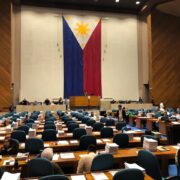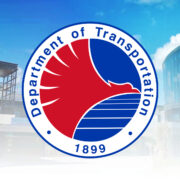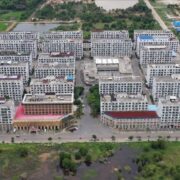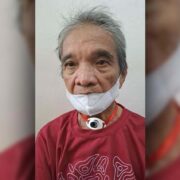Eastern Visayas as leader in renewable energy

Eastern Visayas holds an untapped potential that could transform not only its own economy, but also strengthen the Philippines’ entire energy sector. With one of the world’s largest geothermal reserves, and promising solar, wind, hydro, and tidal energy resources, the region is well-positioned to help address our most urgent need for clean, affordable, and secure energy.
The stakes could not be higher. The Philippines faces a significant power deficit, with frequent grid alerts especially during peak summer months. In off-grid islands, power is available for only four to six hours a day. Over 11 million Filipinos, or about 2.4 million households, still have no access to electricity. The country also records one of the lowest per capita power generation rates in Asean, threatening its economic competitiveness.
For Eastern Visayas, the problem has additional dimensions. As a region at the forefront of climate impacts, it knows the cost of unreliable power all too well: health facilities struggle to operate during emergencies, communication networks fail, and economic recovery stalls.
Despite abundant renewable resources, Eastern Visayas remains heavily dependent on coal-fired power plants. This dependence contributes to some of the highest electricity prices in the country, with rates reaching P18.28 per kilowatt hour in 2022. The dominance of coal- and oil-based generation in the Visayas grid, which accounts for 53.2 percent of generated capacity, poses serious energy security risks.
Automatic fuel cost pass-through provisions in fossil fuel contracts make coal plants more financially attractive to large power players, while masking the long-term price volatility and environmental costs.
On top of these structural challenges, renewable energy (RE) projects in the region face long development timelines where system impact study queues alone can take up to two years, along with limited grid connection points and financing hurdles.
Eastern Visayas has already seen notable projects come online, including the Biliran Geothermal Plant, Sulo Energy’s Palo facility, Unified Leyte–GCGL, and Soleq Leyte’s solar development. The region also holds significant wind potential in the Leyte Highlands and viable hydro resources like the Marabong Hydro Power Project.
New developments are underway to further diversify the energy mix. A 300-megawatts solar project in Kananga-Ormoc is scheduled for commissioning this year, while a 304-MW wind farm in San Isidro, Northern Samar, is also planned to come online by 2026. Southeast Asia’s first tidal power generation plant will soon be built in Northern Samar, showcasing the region’s pioneering role in innovative energy solutions.
The growing role of local governments also offers hope. In Guiuan, Eastern Samar and Paranas, Samar, the shift to RE is already a reality, as they have successfully powered their executive buildings with rooftop-mounted solar panels—a milestone once considered just an ambition.
If Eastern Visayas, one of the most climate-vulnerable, economically challenged regions, can transition successfully, it sets a powerful example across the country. Renewable energy is a good lever for better economic development.
Unlocking Eastern Visayas’ full energy potential requires coordinated action. The government must streamline permitting and system impact study processes, while upgrading the grid to create more connection among renewable projects. Regulators can introduce flexible generation requirements to increase renewable integration.
Local governments should embed energy security and affordability into their development plans, actively facilitating investments and community partnerships. Financial institutions, both domestic and international, can expand green finance options for smaller renewable developers to help diversify the region’s energy mix.
Most importantly, energy development should be approached not just as an infrastructure agenda, but as an economic and social investment. Lower power costs will boost local industries, attract new businesses, and improve living standards for its residents. Reliable electricity also strengthens disaster preparedness, enables faster recovery, and supports essential services from hospitals to schools.
With its resources and initiative, Eastern Visayas is in a strategic position to be a leader in RE development. By overcoming current bottlenecks and focusing on renewable energy, the region can help secure the nation’s energy future and drive sustainable and inclusive growth. If Eastern Visayas leads this transition, it shows the rest of the Philippines that renewable energy leadership is not only possible; it’s already within our reach.
—————-
Mel Matthew Doctor is a senior campaigns officer of the Institute for Climate and Sustainable Cities. Points raised in this piece are based on discussions with stakeholders in Tacloban City for “The Road to Renewables: Conversations on Energy Transition” held through the Clean, Affordable, and Secure Energy for Southeast Asia project.

















Jumpstarting economy through private sector